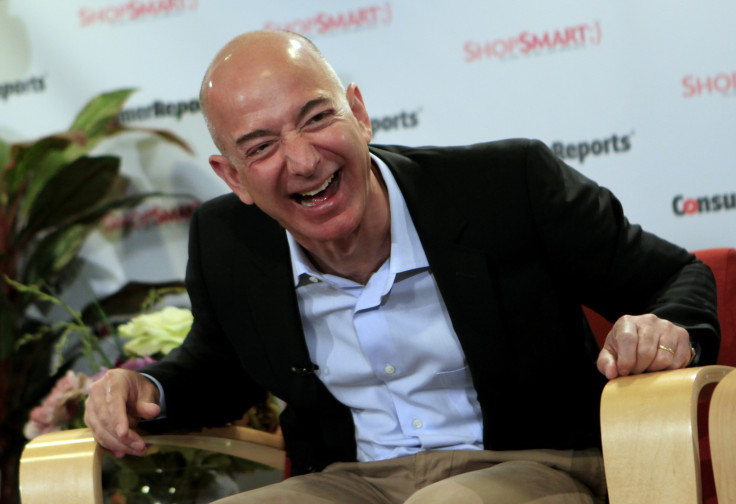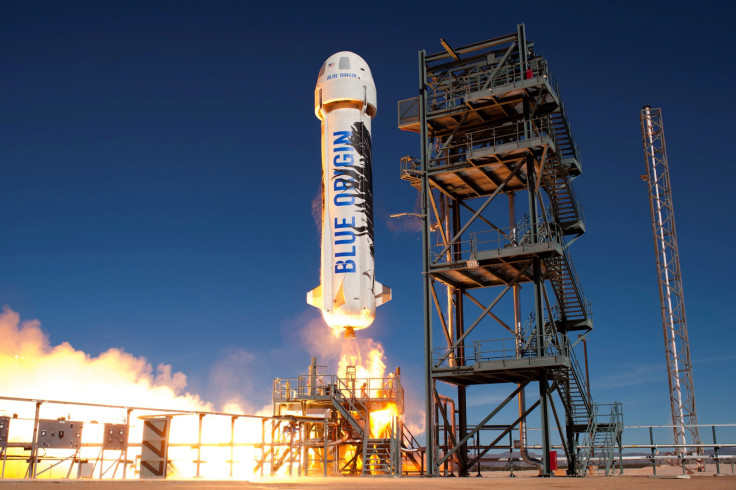Space tourism: All aboard for the trip to the final frontier?
To the ordinary person, commercial space travel may seem like a pipe dream, but at an embryonic level a few well-funded space companies are creaking into action.
American engineer and businessman Dennis Tito paid US$20m in 2001 to become the world's first official space tourist. He travelled to the International Space Station (ISS) on a Russian Soyuz capsule and then spent eight days on board, prompting some debate about the appropriateness of using the facility for financial gain. Since Tito, six other commercial passengers have visited the ISS – each on Soyuz spacecraft at US$20m a piece. The last of these travelled in 2009, after which the Russians halted the practice. But now commercial space travel, albeit at a lower orbit, is set to start again with a price tag that even the average multi-millionaire might be able to afford.
To the ordinary person, commercial space travel may seem like a pipe dream, but at an embryonic level a few well-funded space companies are creaking into action. Jeff Bezos has announced that a passenger flying with his aerospace company, Blue Origin, will pay between US$200,000 and US$300,000 for a ticket – comparable to Virgin Galactic's proposed price of US$250,000. Passengers will experience weightlessness for three to six minutes, and enjoy unparalleled views of the stars and the curvature of the Earth.
Most of these space tourism products and technologies are still in their early stages, so for a commercial company setting a price is a delicate balancing act. Operators must settle on a figure low enough to be affordable to sufficient numbers of consumers, but high enough that the service could be commercially sustainable.
Currently, Bezos' proposed price seemingly doesn't even attempt to do this. Indeed, given his outgoings, it is more of a gift to those lucky souls who have the money to spare.

A financial black hole
The New Shepard rocket which Blue Origin plans to use for commercial trips has been in development since 2006. It will carry six commercial astronauts on each launch, and launches cost tens of millions of US dollars. Elon Musk has said that it costs US$62m to launch his Falcon 9 rocket, and US$90m for the much larger Falcon Heavy.
If this seems like a lot, then consider the billions the rockets cost to develop. Jeff Bezos reportedly liquidates around US$1 billion per year to fund Blue Origin, and the cost of the company's New Glenn rocket alone was US$2.5 billion. The cost of the New Shepard, an earlier development built over the course of a decade, was likely the same or even higher.
Six customers each paying US$300,000 drums up US$1.8m for Blue Origin, barely scratching the surface of the tens of millions each launch will cost. Taking into account rocket development and the human and technological resources required for a successful launch, it is a miniscule contribution.
Small steps
That said, this nascent market has to start somewhere. The technical accomplishments of designing and operating reusable rockets has already reduced launch costs by several orders of magnitude. Bezos' take-offs cost tens of millions; a single-use rocket would have cost hundreds of million. Technology is still developing and the relevant companies are maintaining a healthy mixture of competition and collaboration, so there is no reason why a financially sustainable market might not emerge in the future. Until then, Bezos has said that he sees Blue Origin as his most important work, and has pledged to keep funding it as long as needed.
The planned flight paths will take passengers up to the Karman line – the notional border about 100km above the Earth where the atmosphere ends, and real space begins. In future, flights could once again bring visitors to the ISS, 408km into space, where accommodation infrastructure already exists, tacked onto the station in 2016.
The ISS costs US$3-4 billion a year to maintain and run, and is nearing its projected retirement date within four to eight years, depending on the estimate. Rather than decommission it, the US government favours gradually moving the ISS into the commercial sector. Some years down the line, space tourism might be instrumental in securing the future of one of the great ventures of space exploration.

Regulating an endless vacuum
But a mere glance at the history books reveals the dangers of space flight, and administering the vacuum that is space is a huge challenge to legislators. Under current regulation, commercial passengers will have to sign an "informed consent" form to confirm that they recognise and accept the risks. This provision has been enshrined in US law by the Commercial Space Launch Amendments Act 2004, and in UK law by the Space Industry Act 2018.
These forms will not cover damage to others, and spaceflight operators will need to have third party insurance. Early international agreements such as the Outer Space Treaty of 1967 state that any activity in space, by government or non-government entities would need to be authorised and supervised by the state – leaving it responsible for any damages caused by entities under its banner. In future, extraterrestrial travel insurance will probably be available from insurance companies, and perhaps even facilitated by operators.
Despite long delays to the plans of Blue Origin, Virgin's Space Galactic and others, it is a matter of when not if commercial space travel becomes commonplace. Technology will advance, demand will expand, and the costs of launches and tickets will fall, driving the innovations that should help make this a reality for generations to come.
Loizos Heracleous, Professor of Strategy, Warwick Business School, University of Warwick
This article was originally published on The Conversation. Read the original article.

© Copyright IBTimes 2025. All rights reserved.





















